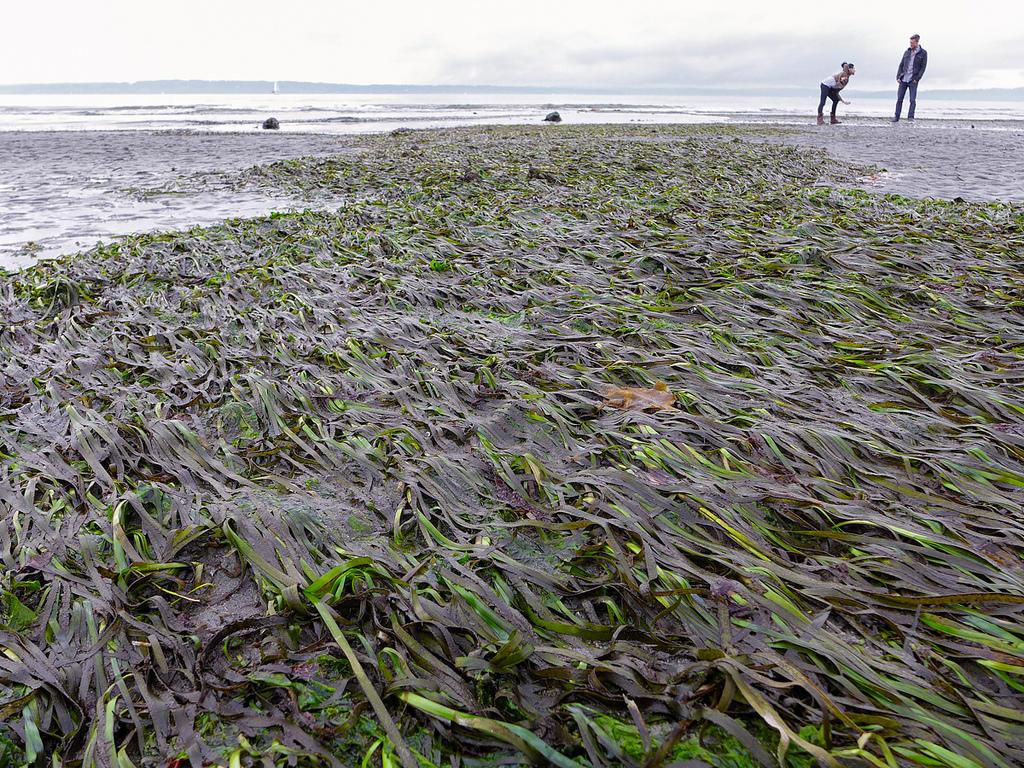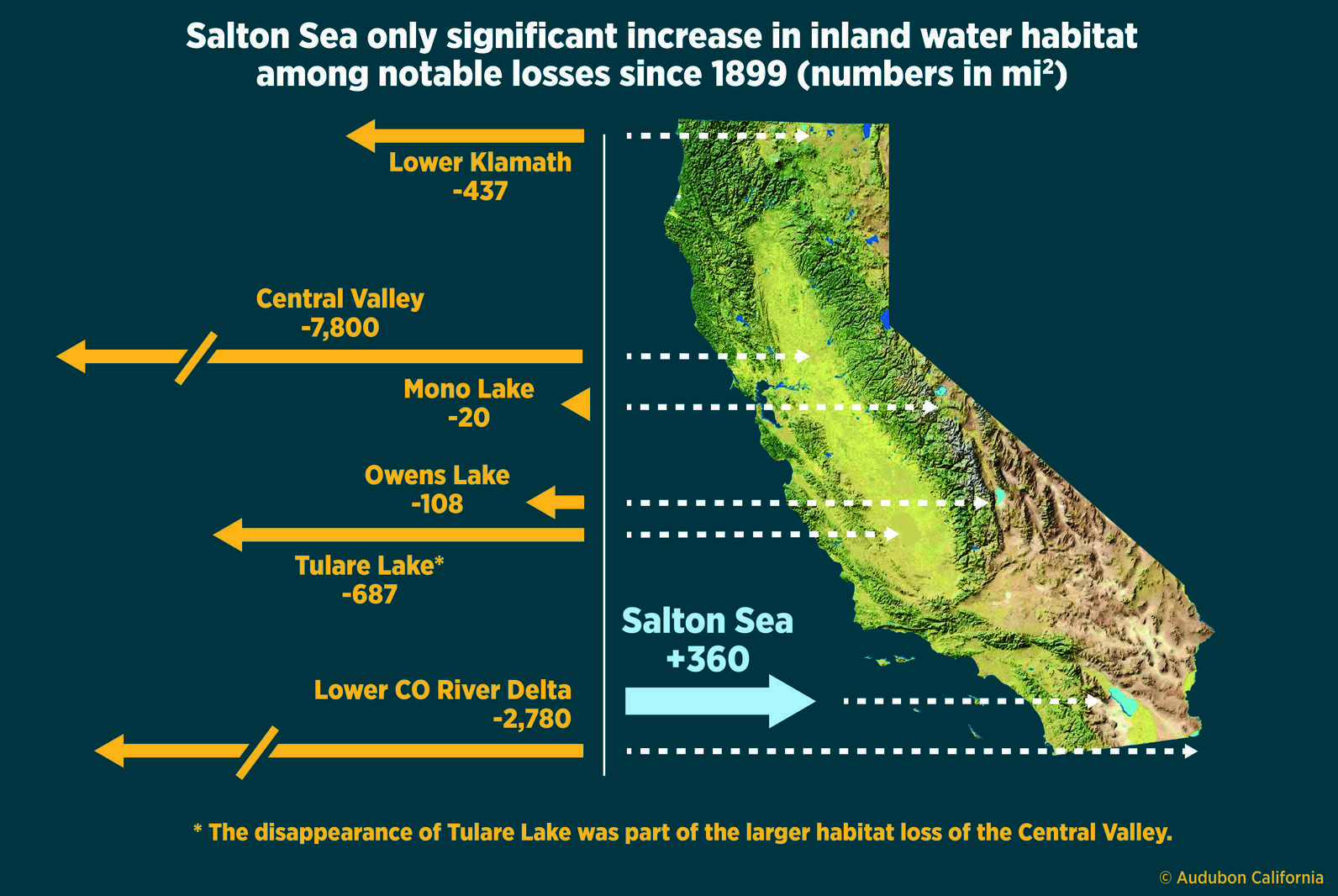Latest News and Updates from Audubon in California
California Condor. Photo: Scott Frier/USFWS
Outside Magazine informs us that Andy Samberg and his wife grew up birding in Los Angeles, and he still does it often to unwind from the rigors of filmmaking.

Yesterday produced a victory in our fiight for a transparent and fair California Coastal Commission. Assembly Bill 2002 was voted through the assembly late last night. AB 2002 was introduced by Assemblymembers Toni Atkins, Mark Stone and Marc Levine in reaction to the fiing of former Executive Director Charles Lester and it requires any agent that lobbies the Commission to register as a lobbyist with the Fair Political Practices Commission. The bill also requires that in the seven days prior to a public hearing on a specific matter, a Commissioner must report any ex parte communication within 24 hours, and no ex parte communications may occur in the 24 hours immediately preceding a public hearing.
Our Associate Director of Public Policy, Juan Altamirano, was present at the now infamous Commission meeting where Lester was ousted and he was also there last night when the final tallies were made in support of AB 2002. He and other advocates worked until 9:30 pm to get the necessary 2/3 votes. Assemblymember Stone was especially appreciative of Audubon member emails to their electeds. Stay tuned for more on this effort, we will send action alerts when it comes up for vote again.

A Bald Eagle, a drake Mallard, and an unknown species of owl (screech maybe?) are among the 72 new emojis that will be coming to a desktop or mobile device soon. From a Forbes.com article on the release:
The Unicode Consortium — which is the non-profit organization that handles text expressed in digital writing systems including emoji on mobile devices — has approved 72 more emoji. On June 21st, the new set of emoji will be added to the Unicode 9.0 standard. That means Apple will likely release these new emoji in an iteration of iOS 10 sometime between September and December. Nexus devices will also likely receive the new emoji in the fall, but the rollout across all Android devices will vary based on each manufacturer’s software updates.
It's a great day for emoji-loving birders, but we have a few we'd like to suggest for the next release: California Condor, Anna's Hummingbird, California Quail, and Western Gull.
Audubon California supports Measure AA because it will be great for the millions of birds that use San Francisco Bay every year. In this video, Andrea Jones talks about her experience with wetlands restoration, and how the benefits for birds are almost immediate.

Senate Bill 1363, a bill we are sponsoring, made it through the California State Senate floor today with a vote of 26 - 11. This is great news for birds like Pacific Brant and other waterbirds that depend on a vibrant eelgrass ecosystem.

Audubon California Executive Director Brigid McCormack today writes in the Desert Sun that while the narrative around the Salton Sea is often one of environmental decay, the site remains one of the most important places for birds on the Pacific Flyway. She notes that it was created at a time when humans were wiping out natural inland water habitat:
"For birds, the creation of the Salton Sea came at just the right time – just as humans began wiping out wetland habitat throughout California.
Two years before dredging began on the Imperial Valley canal, the last remnants of Tulare Lake disappeared. Once the largest freshwater lake in the West, Tulare Lake was nearly twice the size of the Salton Sea, and anchored more than five million acres of Central Valley wetlands, 95 percent of which are now gone.
In 1906, the federal government began work on the Klamath Project, which eventually eliminated 437 square miles (80 percent) of wetland habitat in the Klamath Basin along the California/Oregon border.
Just a few years later, the Los Angeles Department of Water and Power began diverting water from the 108-square-mile Owens Lake, where Native Americans recalled a sky blackened with migratory birds, and naturalist Joseph Grinnell found great numbers of avocets, phalaropes and ducks. By 1926, Owens Lake was gone.
Our newsletter is fun way to get our latest stories and important conservation updates from across the state.
Help secure the future for birds at risk from climate change, habitat loss and other threats. Your support will power our science, education, advocacy and on-the-ground conservation efforts.
Join the thousands of Californians that support the proposed Chuckwalla National Monument.